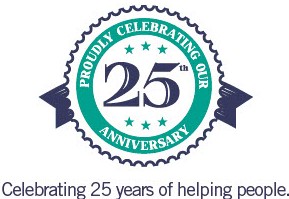By: Madhavi Acharya-Tom Yew Business Reporter, Published on Tue May 19 2015
The number of personal bankruptcies fell by 4.7 per cent during the six month period, according to the data from the Office of the Superintendent of Bankruptcy.
But the number of consumer proposals shot up by 9 per cent.
“The damage from lower oil prices is starting to show,” Tal wrote in the report.
The total number of insolvencies in Manitoba and Saskatchewan rose by almost 11 per cent during the six-month period, while in Alberta it rose by 6.5 per cent — the worst showing since the recession, Tal wrote.
“We are talking about a very low base. The numbers are not in the sky by any stretch. Given the amount of debt people have, it’s actually surprising how low bankruptcies and delinquencies are,” Tal said.
“But we are looking at the trend and seeing that there is an increase despite the fact that interest rates are still very low.”
During the recession, approximately 6 in 1,000 adults filed for insolvency. That rate has since fallen back to 4 in 1,000.
Delinquency rates continue to decline for credit cards, but are rising on lines of credit.
The figures from the Office of the Superintendent of Bankruptcy show that only one-third of insolvent debtors are unemployed.
“Other factors, such as employment quality play an important role here,” Tal wrote.
More than 60 per cent of insolvents are classified as being in unskilled or semi-skilled jobs.
Another 20 per cent say they operated a business within five years of becoming insolvent. “More than half of insolvencies occur due to the combination of overextension of credit, financial mismanagement and unexpected expenses,” Tal wrote.
Household debt levels, in particular, are a source of concern. On average, Canadian households owe just over $1.63 for every dollar of disposable income.
More than 60 per cent of insolvents are classified as being in unskilled or semi-skilled jobs.





